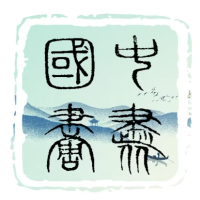林墉,壬午生于粤东潮州,工人物,兼擅花鸟、山水,亦精文论与插图,潇洒清新,明丽自成一格。此人才情卓绝,丹青造诣不凡,文苑亦展宏才,其立场与使命,延及美术史研究,堪称一代宗师。

林墉诚为“有话题”之艺者,非止其名声卓著,尤因其与当代艺史之诸多问题密切相关。论及林墉,宜置其于具体时境与历史脉络中,追因溯源,不可止于浅论。林墉之创作,绘与文相辅,交相辉映,非孤立之物,宜在其交互之边界探讨。此外,于泛意识形态化之时,艺者自觉与选择几何?其选择对艺术纯粹性影响如何?林墉某些题材风格广受青睐,然另作却未必,此中反差为何,与彼时社会文化心理有何关联?于中国文化现代化进程中,“守常”与“求变”之辩,几成艺者之难题,林墉对此如何应对?此诸选择,皆与其所处时境、历史与文化问题紧密相连,难以分割。



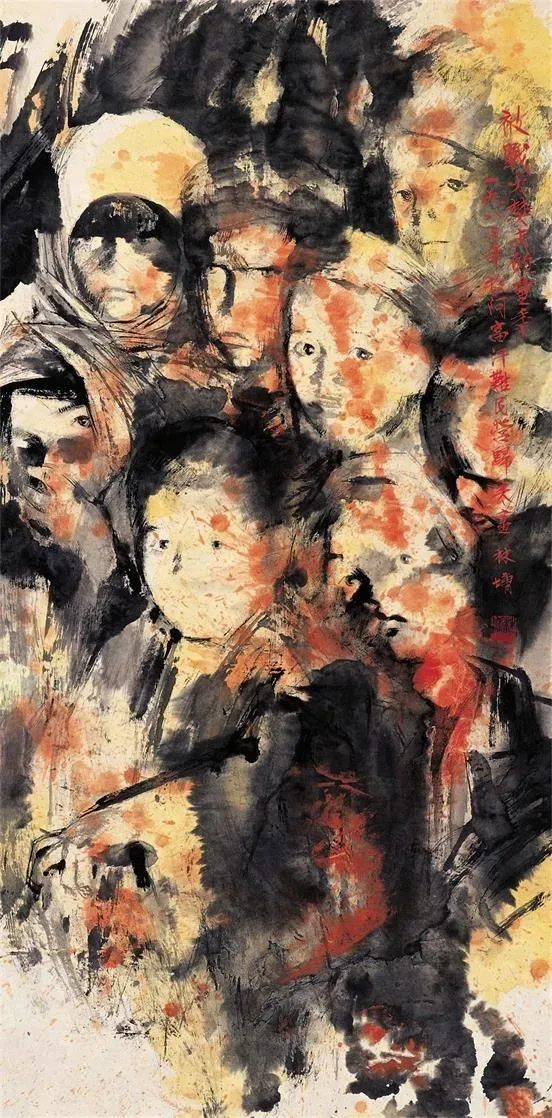
六十年代初,中国画院教学法经半世纪变革,终臻成熟。林墉乃此教育模式下之杰出人才,勤奋且天资卓越,技艺精湛,游刃有余。被称挥洒技艺已达奢侈之境,实为技巧之极致,技法之纯熟,令人叹服。传统笔墨融西画素描,临摹、默写、速写与写生,成就一代写实技艺。此变革自二十世纪初起,至此方达脱胎换骨之境,人物画尤为受益,林墉即为其代表。
言及林墉,不可避“文革”之影。林墉及其同辈,多视此为“无畏激情”之时代,情感深重,超越理性。此等情感与宗教近似,然“文革”之核心乃否定个体价值,革命者成灵魂空洞之躯壳。此“革命真情”虽为群体象征,然非思想自由与人格独立之见证。
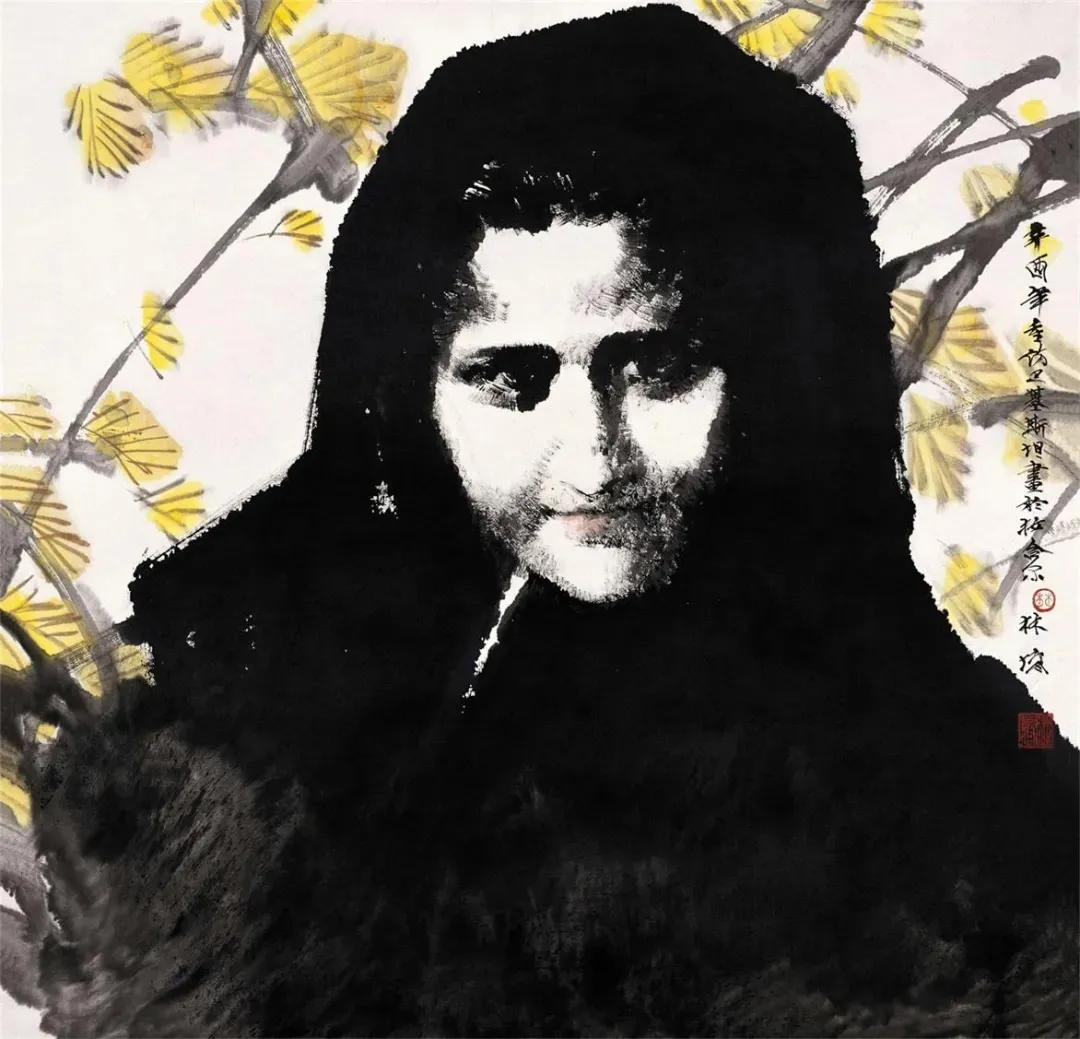
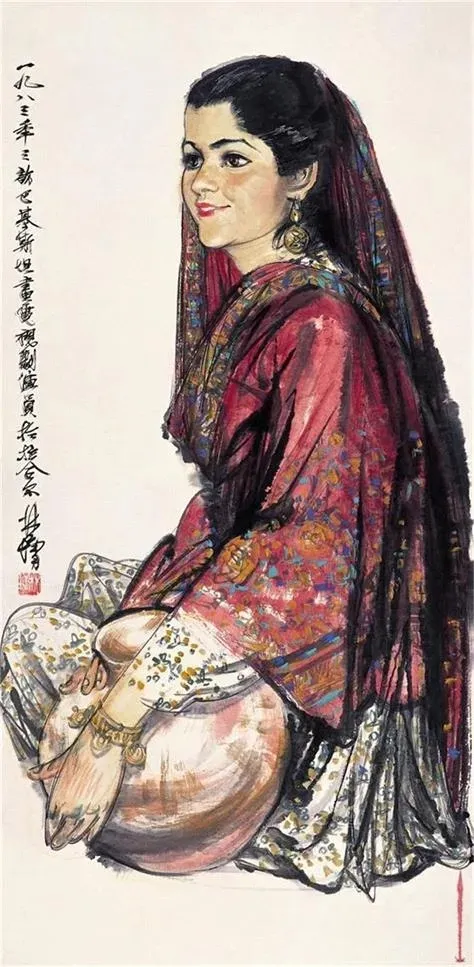
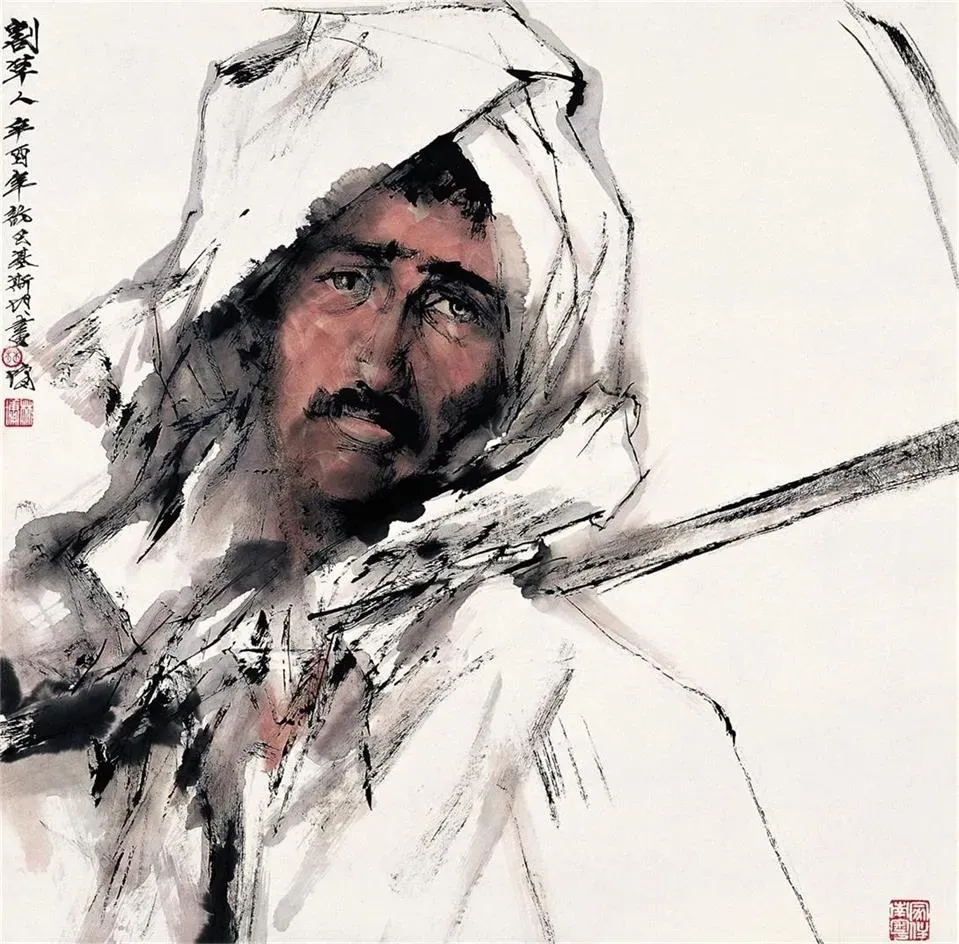
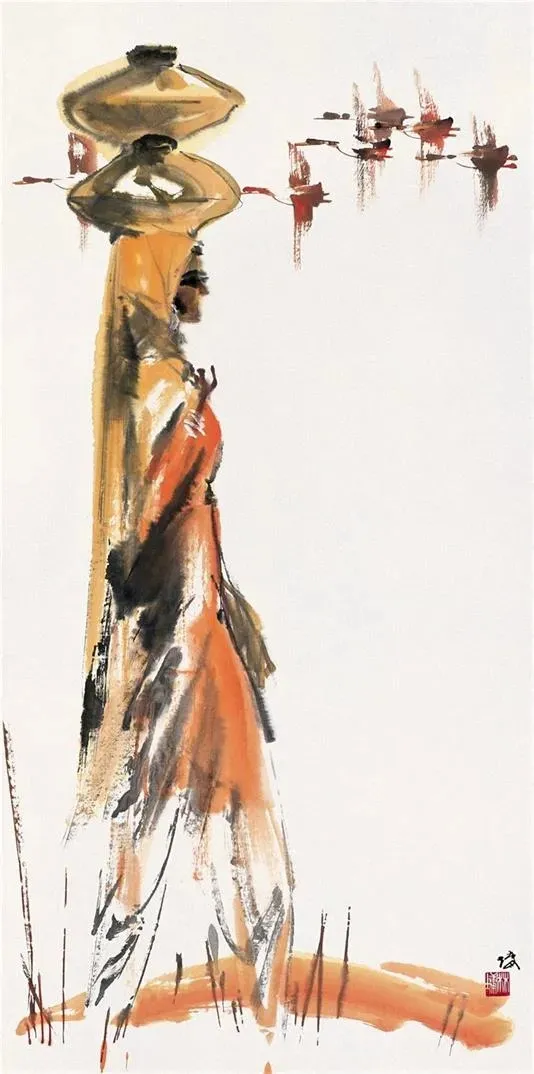
林墉于七十年代末思想解放之际,以文学插图与人物写生崭露锋芒,确立独特风格。政潮渐息,其敏锐转向“伤痕文学”插图创作,凭其精湛写实技艺与强烈视觉感召,成广州《花城》之代表艺者。插图虽从属,然林氏人物写生展现独立美学,深蕴人性与美之追求。林墉引西方补色法融入国画,重构写实之美。其写生淡化人物阶级与职业特征,着重人性本质。于“文革”余波未尽之时,林氏创作象征中国艺道对人性尊严与美之再追求。
林墉涉足域外题材,以其稀有性而具价值。虽似游记随笔,记异域见闻,然因异域风情,尤为印象深刻。此批作品延续写实风,更近自由速写,偶添装饰元素,为后续仕女题材奠定美学基础。林墉人物写生重生命本质,淡阶级身份,展现美为人之本质。其独立美学追求,使作品视觉张力充盈,西法补色融于中画,成就独特风格。仕女题材中,大胆运用大红大绿,提升世俗美学价值,市场反响热烈。

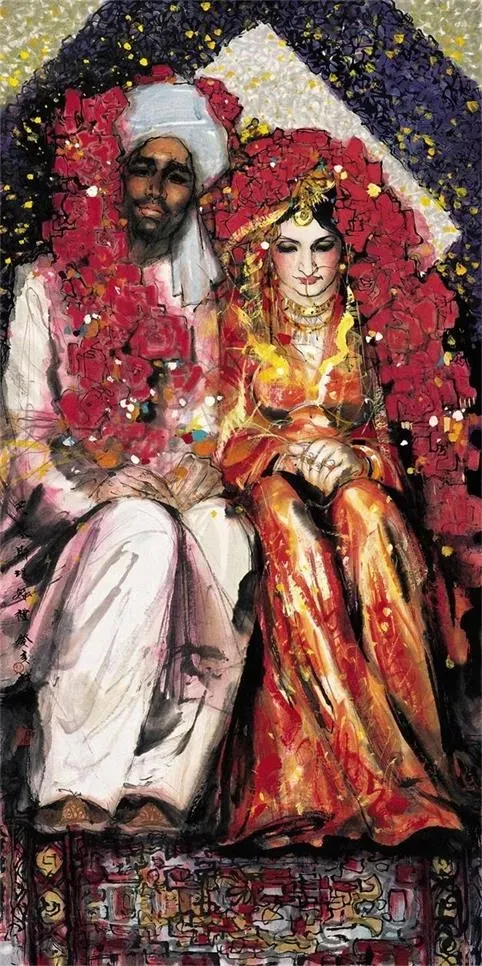

入八十年代,林墉艺途多元,创作俗艳仕女,绘古贤哲人,以文笔描故乡潮州古城及人情世故,展深厚造诣。九十年代中期,林墉于广州美院完成一批人体写生,凌厉风格虽未延续,然显艺探不懈。
林墉之文人小品,传世虽寡,却尤能映其心境。其笔法隐曲,承文人画传统,深察人情,抒发感慨,敏锐直觉与讽刺幽默俱显。山水创作,可视为病后对生命的反思,画面澄澈透明,静谧幽深,透露出任性逍遥、随缘而行的心境。虽无系统训练,然正因如此,林墉于笔墨间寻得自由,展现对生命的珍重与对自然的敬畏,亦见对艺术自由的追求。
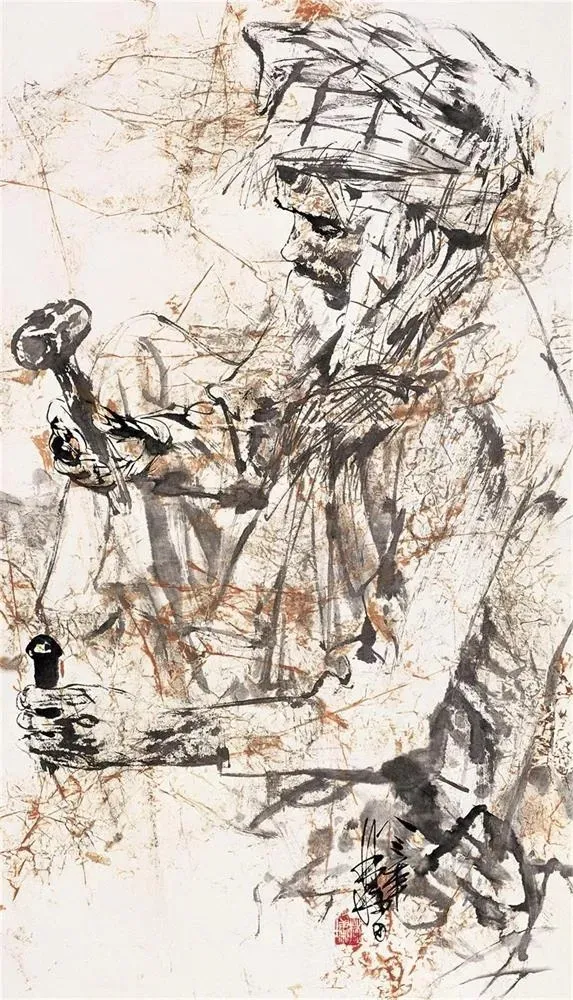
谈及林墉,须言其在中国画中表现之道。其创作不拘传统笔墨技法,注重思想与情感的表达,故而立于艺坛。林墉不仰赖权势与包装,凭借才情与努力,自立于当代艺术界。其艺术选择与风格,唯放在近四十年中国文化发展的脉络中,方能深刻理解。随着时间推移,依附附加值的艺者或将被遗忘,林墉却能以自尊自爱,坚定屹立于艺术之路。
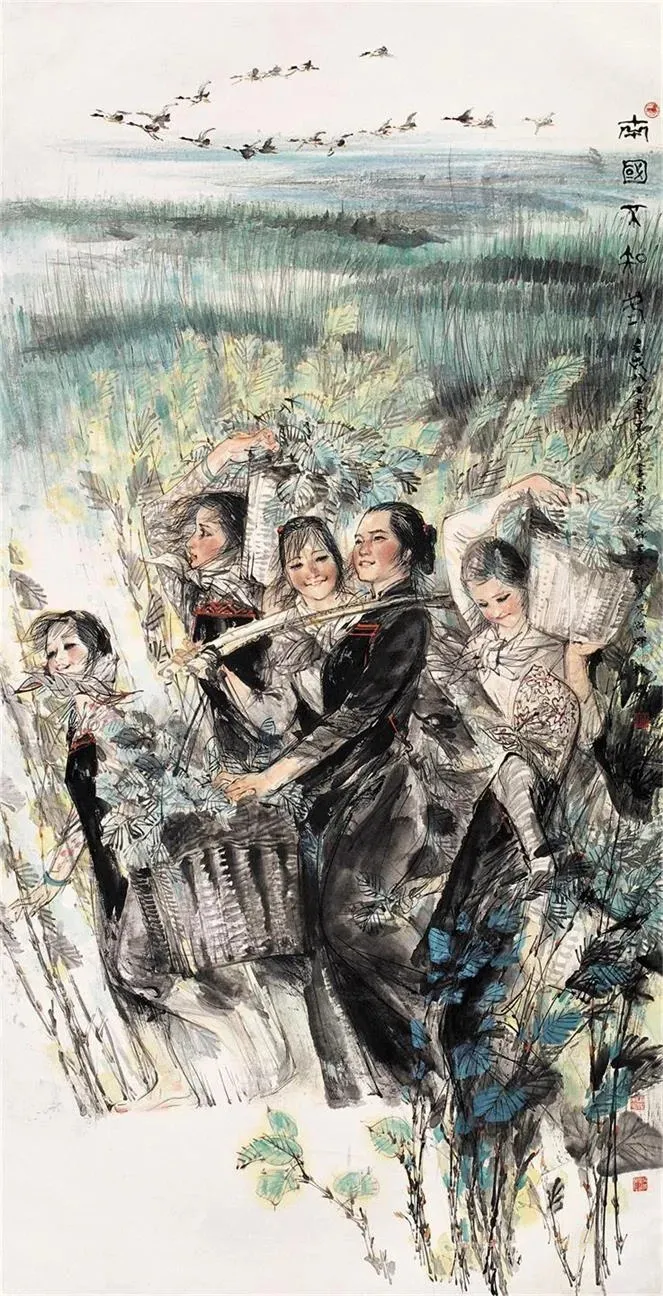
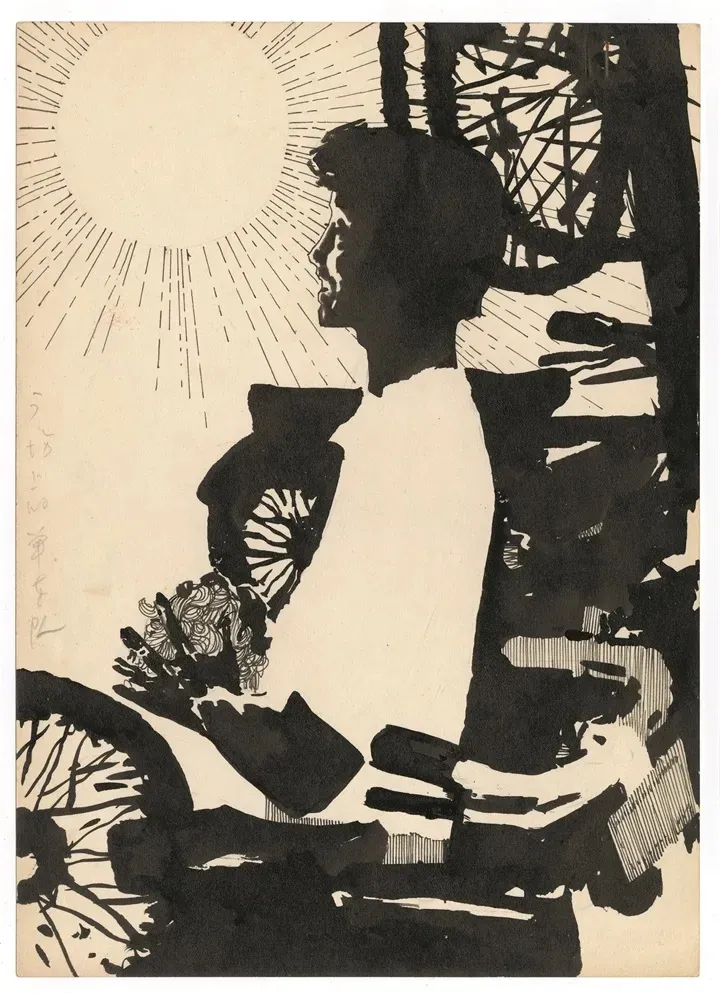
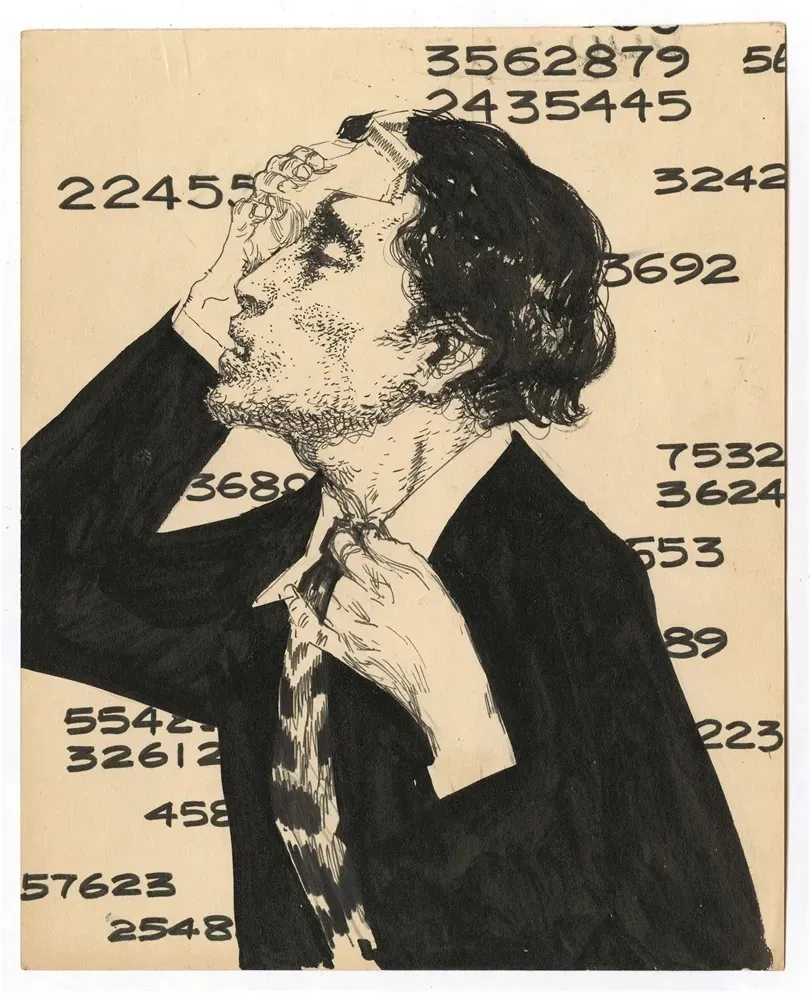
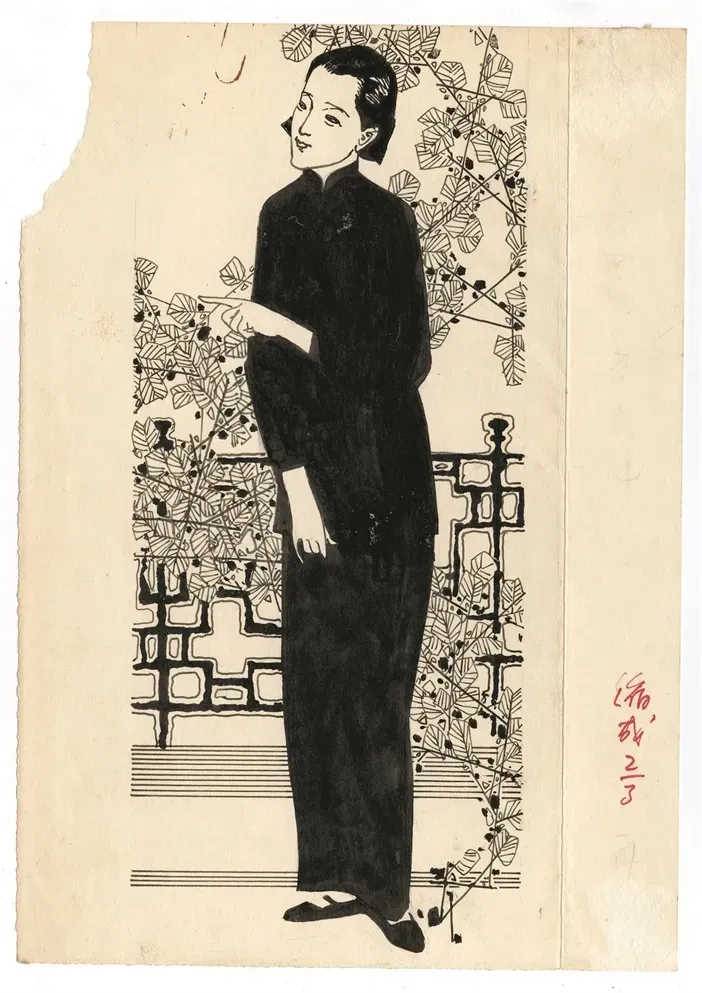

Lin Yong: Pioneering New Paths, Showcasing Profound Talent in the Art World
Lin Yong, born in 1942 in Chaozhou, Guangdong, is a master of figure painting, also excelling in flowers, birds, and landscapes. He is well-versed in art criticism and illustration, characterized by a style that is elegant, fresh, and uniquely his own. Lin’s extraordinary talent is evident not only in his exceptional skill in painting but also in his contributions to literature. His stance and mission extend to the study of art history, earning him recognition as a master of his generation.
Lin Yong is undeniably an artist of “substance,” not merely because of his renowned reputation but also due to his intricate connections to various issues in contemporary art history. When discussing Lin Yong, it is essential to place him within specific temporal and historical contexts, tracing the origins and reasons behind his work, avoiding superficial commentary. Lin’s creations, both in painting and literature, are interrelated, reflecting and enhancing each other. These works are not isolated entities and should be explored at the intersections of their interactions. Furthermore, in an era of pervasive ideological influences, how does an artist make conscious choices? How do these choices impact the purity of art? Some of Lin’s thematic styles are widely admired, while others are not as favorably received. What accounts for this contrast, and how is it connected to the sociocultural psyche of the time? In the modernization of Chinese culture, the debate between “preserving tradition” and “seeking change” has become a complex issue for artists. How has Lin Yong addressed this dilemma? These choices are inextricably linked to the temporal, historical, and cultural issues of his time, making them difficult to separate.
In the early 1960s, after half a century of evolution, the teaching methods of Chinese art academies had finally matured. Lin Yong, a product of this educational system, stood out as a diligent and exceptionally gifted artist with superb skills, handling his craft with ease. He was praised for his mastery, considered to have reached an extravagant level of skill, showcasing a technical prowess that was nothing short of astonishing. By integrating traditional Chinese ink techniques with Western-style sketching, along with practices such as copying, memorization, quick sketching, and drawing from life, he helped establish a new era of realistic art. This transformation, which began in the early 20th century, had finally reached a point of complete renewal, particularly benefiting figure painting, with Lin Yong as its representative.
When discussing Lin Yong, one cannot avoid the shadow of the Cultural Revolution. Lin and his contemporaries often viewed this period as one of “fearless passion,” where emotions ran deep and transcended reason. These emotions were akin to religious fervor, but the core of the Cultural Revolution was the denial of individual value, reducing revolutionaries to empty shells devoid of soul. While this “revolutionary fervor” symbolized the collective, it was not a testament to intellectual freedom or personal independence.
At the end of the 1970s, during the era of ideological liberation, Lin Yong emerged as a prominent figure with his literary illustrations and figure studies, establishing a unique style. As political turbulence subsided, his sharp focus shifted to creating illustrations for “scar literature,” using his superb realistic skills and strong visual appeal to become a representative artist of the Guangzhou magazine Huacheng. Although illustrations are often seen as secondary, Lin’s figure studies demonstrated an independent aesthetic, deeply rooted in the pursuit of humanity and beauty. Lin introduced Western complementary color techniques into Chinese painting, reconstructing the beauty of realism. His figure studies de-emphasized and occupational characteristics, focusing instead on the essence of humanity. In the lingering aftermath of the Cultural Revolution, Lin’s creations symbolized a renewed pursuit of human dignity and beauty in Chinese art.
Lin Yong ventured into foreign subjects, which are valuable for their rarity. Although these works resembled travel essays, recording foreign sights and experiences, they left a deep impression due to their exotic flavor. This body of work continued his realistic style, leaning more towards freehand sketching with occasional decorative elements, laying the aesthetic foundation for his later works on female subjects. Lin’s figure studies emphasized the essence of life, downplaying and identity, highlighting beauty as a fundamental human trait. His pursuit of an independent aesthetic filled his works with visual tension, merging Western complementary color techniques with Chinese painting to create a unique style. In his works on female subjects, he boldly used vibrant reds and greens, enhancing the value of popular aesthetics, which resonated strongly in the market.
In the 1980s, Lin Yong’s artistic path became more diverse. He created vibrant, popular depictions of women, painted ancient sages and philosophers, and wrote about his hometown, the ancient city of Chaozhou, along with its customs and traditions, showcasing his profound talent. In the mid-1990s, Lin completed a series of figure studies at the Guangzhou Academy of Fine Arts. Although his intense style did not continue, it reflected his relentless exploration of art.
Although Lin Yong’s small literati pieces are few, they vividly reflect his state of mind. His brushwork is subtle and intricate, rooted in the tradition of literati painting, deeply observing human nature, expressing his sentiments, with sharp intuition and satirical humor. His landscape creations can be seen as a reflection on life following illness, with clear, transparent, serene, and profound images, revealing a carefree and adaptable attitude. Despite lacking formal training, it is precisely this freedom in his brushwork that allows Lin to express his deep respect for life and nature, as well as his pursuit of artistic freedom.
In discussing Lin Yong, one must mention his approach to expression in Chinese painting. His work is not confined to traditional brush techniques, instead focusing on the expression of thought and emotion, which has secured his place in the art world. Lin does not rely on power or promotion but stands firm in the contemporary art scene through his talent and effort. His artistic choices and style can only be fully understood within the broader context of Chinese cultural development over the past forty years. As time passes, artists who rely on external added value may fade into obscurity, but Lin Yong, with self-respect and self-love, will steadfastly continue on his artistic journey.
责任编辑:苗君
